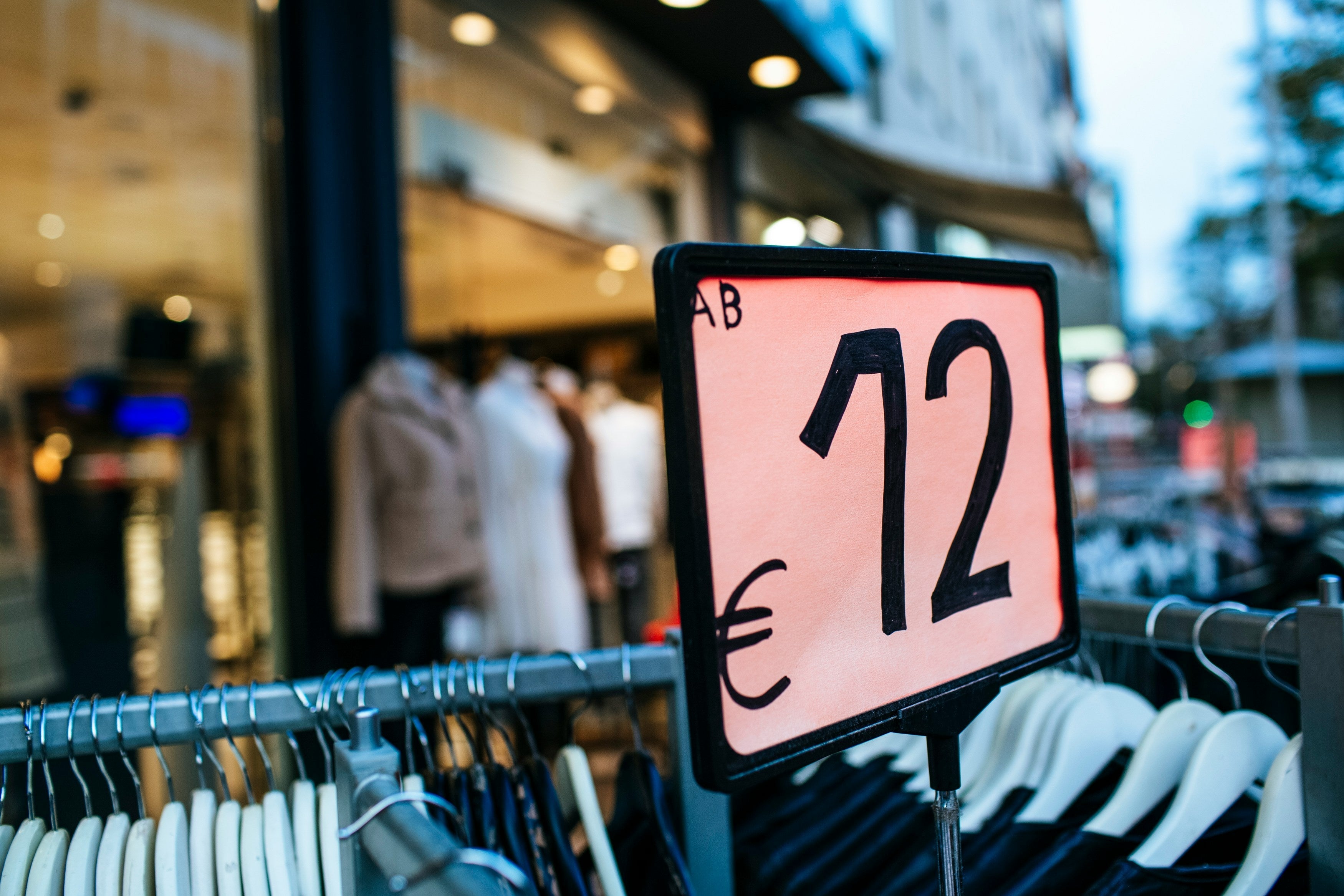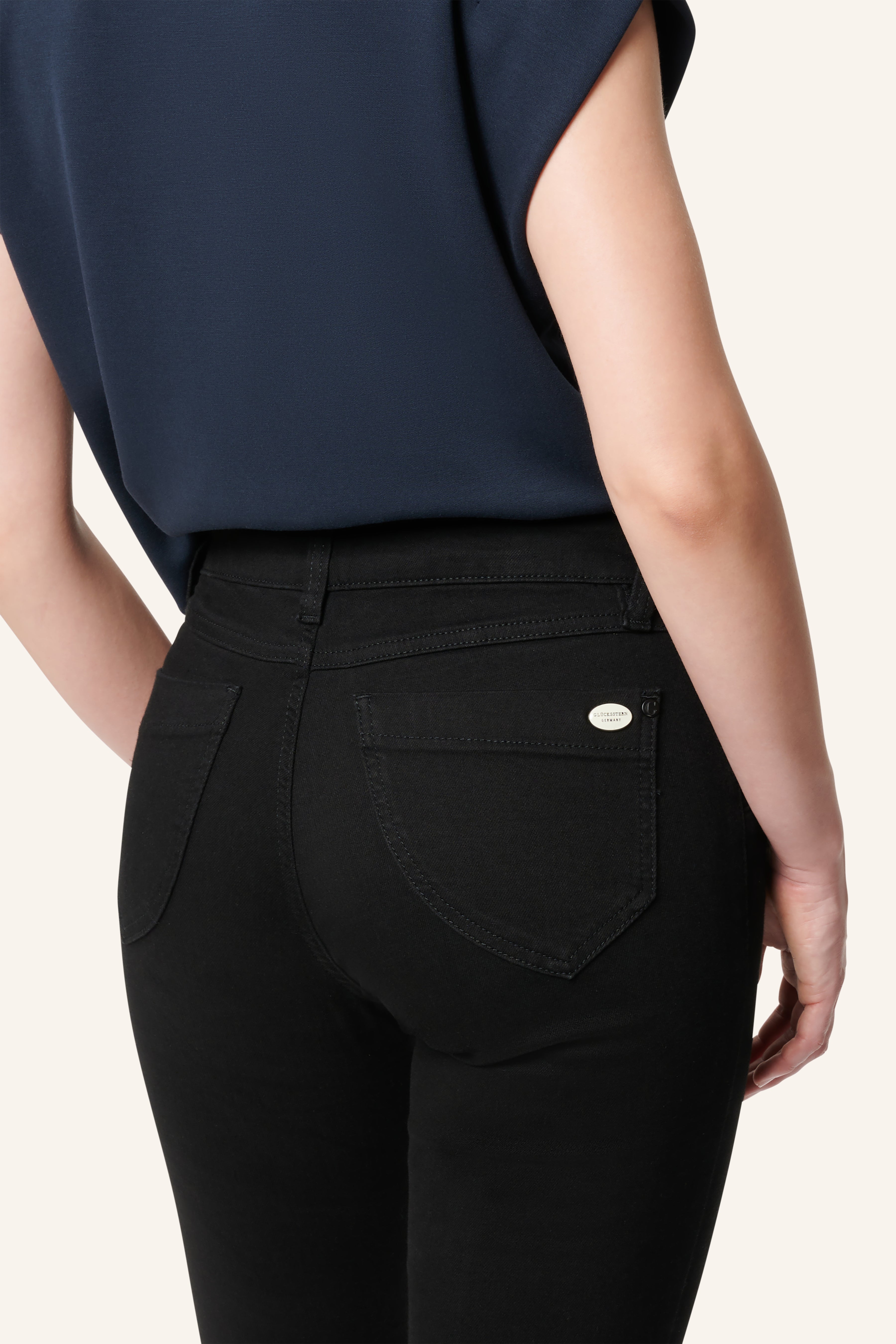
Ultra Fast Fashion: When fast becomes too cheap
What is ultra-fast fashion?
Fast fashion is a thing of the past – today, ultra-fast fashion providers are sweeping the market like a fashion express train. This refers to an even faster and more aggressive form of fashion production: New designs go from sketch to online store within a few days, inspired by TikTok trends, social media hype, or celebrity outfits. The speed is breathtaking, and the prices are often unbelievably low. While fast fashion relies on weekly cycles, ultra-fast fashion operates almost in real time – setting new standards in consumer pressure.
But this hype comes at a price. Not just in terms of the quality of the clothing—but especially in terms of people and the environment. While you wonder how a dress for €5 is even possible, others suffer the real costs of these productions. Unfair working conditions, enormous amounts of waste, and a culture of thoughtless disposal are created. As a consumer, you become part of a system that prioritizes speed, not sustainability.
How does ultra-fast fashion work?
Compared to conventional fast fashion, ultra-fast fashion brands rely on extreme data analytics, micro-drops, and lightning-fast supply chains. Production cycles often last only a few days. Manufacturers like Shein and Temu release thousands of new products – not every month, but every week. These brands react to digital trends almost in real time and produce in tiny batches that can be replicated immediately if they're successful.
The business model is based on click-based algorithms: Only what performs well in the shop is produced. This results in gigantic quantities of disposable clothing that are neither repaired nor recycled. Clicks count instead of quality. Quantity rules instead of style. What's trendy today is already outdated tomorrow – and ends up in the trash the day after. This rapid pace has far-reaching effects on production standards, quality, and environmental sustainability.
The consequences: environmental destruction in real time
Ultra Fast Fashion amplifies all the problems already associated with Fast Fashion – only faster and on a larger scale:
- Resource consumption : Enormous amounts of water, energy, and raw materials are consumed in a very short time. The environment suffers from the massive depletion of natural resources, while long-lasting alternatives are ignored.
- Toxic substances : In many producing countries, toxic chemicals continue to be used in dyeing and finishing processes. These often enter the environment unfiltered, polluting soils and rivers and endangering the health of humans and animals.
- Mountains of waste : Clothes that become outdated after just a few days often end up in landfills or are incinerated. Mountains of textile waste are growing rapidly – much of it is made of synthetic fibers that take centuries to decompose.
We at Glücksstern say: There are other ways. Our Sustainable jeans for women are made from certified materials, fairly produced, and designed to last for years – not just one season. For us, fashion isn't a short-term trend, but a long-term commitment to quality, style, and responsibility.
What does ultra-fast fashion mean for social justice?
In addition to the environment, it's people who pay the price. Factory workers in countries like Bangladesh, Vietnam, and China work under enormous pressure, for low wages, and without adequate occupational safety and health. The constant demand for new collections reduces the time per piece – and with it, the respect for the people who make our clothes. Labor rights are systematically undermined, while price pressure on producers grows.
We're setting an example with sustainable alternatives. Glücksstern produces under fair conditions in Europe. Short supply chains, transparent production, and respectful collaboration are a given for us. And for those interested in learning more about our materials: Hemp, TENCEL™, and recycled fibers – our blog post reveals what's inside . Because fair fashion begins with the selection of the right raw materials – and ends with a garment that will bring long-lasting joy.

Are there alternatives to ultra-fast fashion?
Yes – and it's in your hands. Sustainable fashion doesn't mean sacrifice, but conscious choice. Instead of ordering 10 items for a weekend, invest in one piece that you'll wear for a long time – with a good feeling. Clothes that fit well, look good, and are well produced. Sustainable fashion gives back appreciation: for the product, the work behind it, and for yourself.
In addition to our jeans, we also focus on responsible fashion for other products: Our Sustainable clothes combine style, comfort, and a clear conscience. They're designed to bring you joy for many seasons – without rushing, without the pressure of following trends. Because style has no expiration date when it's truly meant.
Conclusion: Ultra Fast Fashion is not a future, but a problem of the present
Ultra-fast fashion is a turbo-charger for environmental pollution and exploitation – packaged in clicks and styles. But every decision in your wardrobe counts. When you shop at Glücksstern, you're choosing quality, responsibility, and genuine values. Our goal is to create clothing that you not only enjoy wearing, but that you can also be proud of.
We believe that less, but better—that's not a step backward, but progress. That's why we invite you to consciously enjoy fashion again. For yourself, for others, and for the world we're shaping together.
Discover our Sustainable jeans for women – durable, fairly produced and made to last for more than just a moment.

